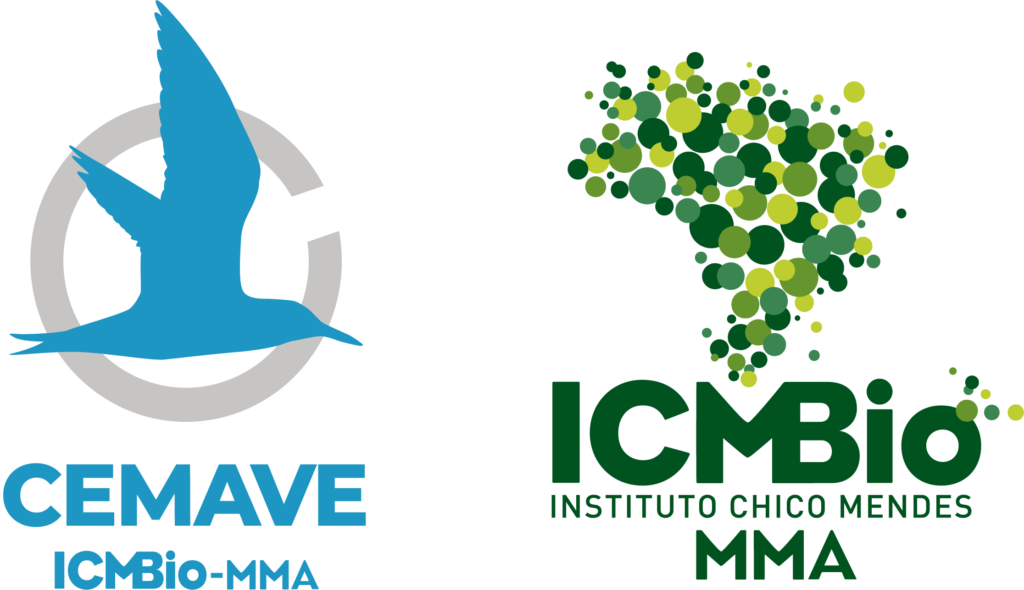Biodiversity decline is occurring at an accelerated pace worldwide, and if things continue as they are, internationally recognized conservation targets will not be met. Biosphere reserves are designated areas of global significance due to their rich biodiversity and potential for sustainable development. They provide an ideal platform for finding local solutions to global challenges. While the main objective of biosphere reserves is to protect biodiversity, there is a crucial lack of adequate information on the current state and trends of biodiversity, which hampers adaptive management within these reserves. Passive acoustic monitoring (PAM) is an increasingly popular method for continuous, reliable, scalable, and cost-effective monitoring of wildlife. Although PAM is gaining traction, its data management and analysis requirements present obstacles for most organizations responsible for biodiversity monitoring. Our team, comprised of interdisciplinary experts in machine learning and ecology, with experience in PAM and working across marine and terrestrial biosphere reserves on three different continents, presents our collaborative efforts in developing interactive machine learning tools for semi-automated assessment of wildlife populations.
Computational Sustainability & Technology




